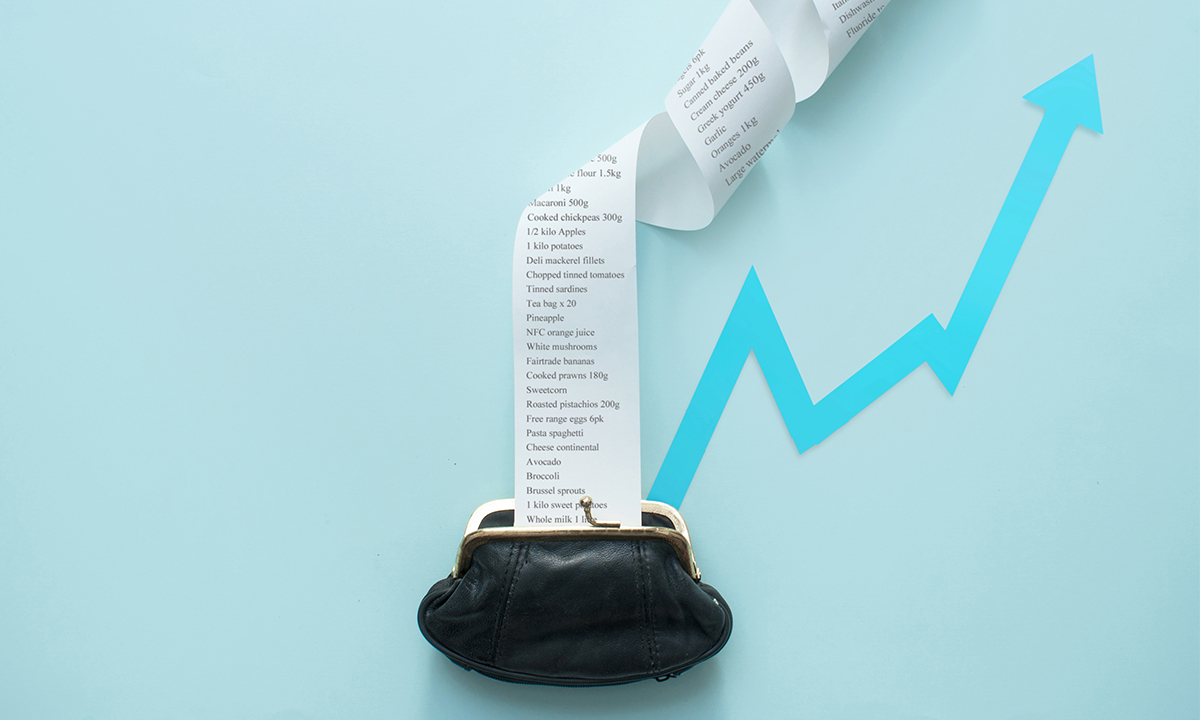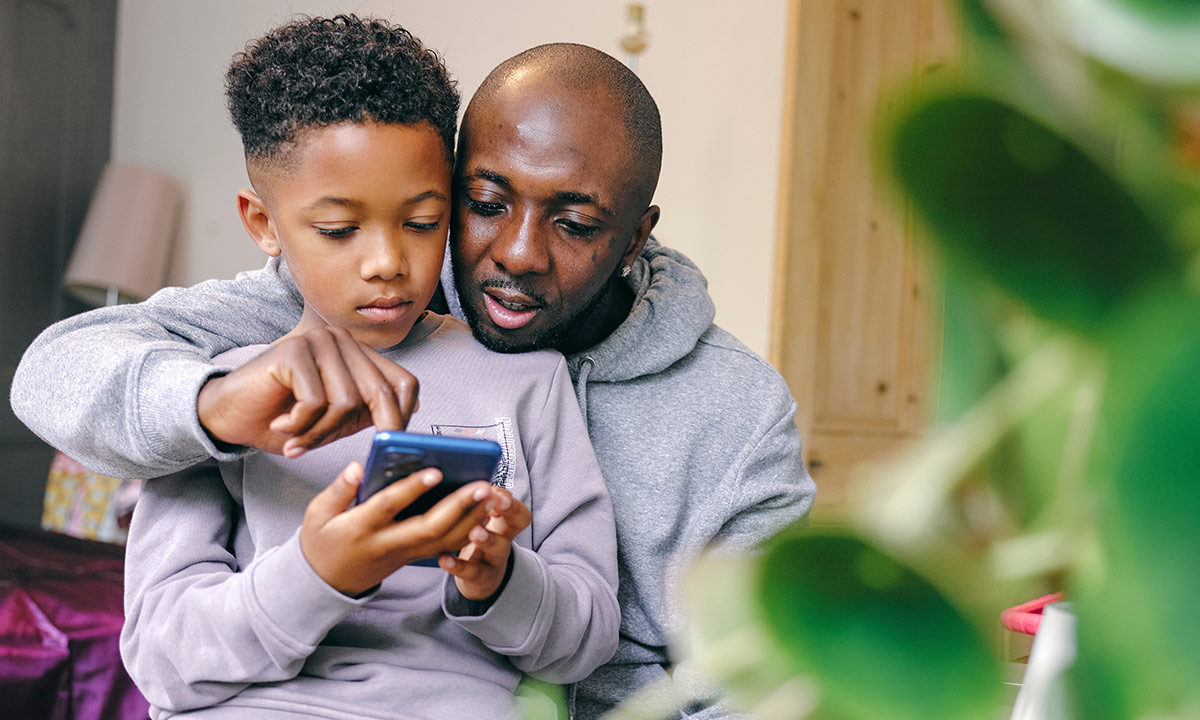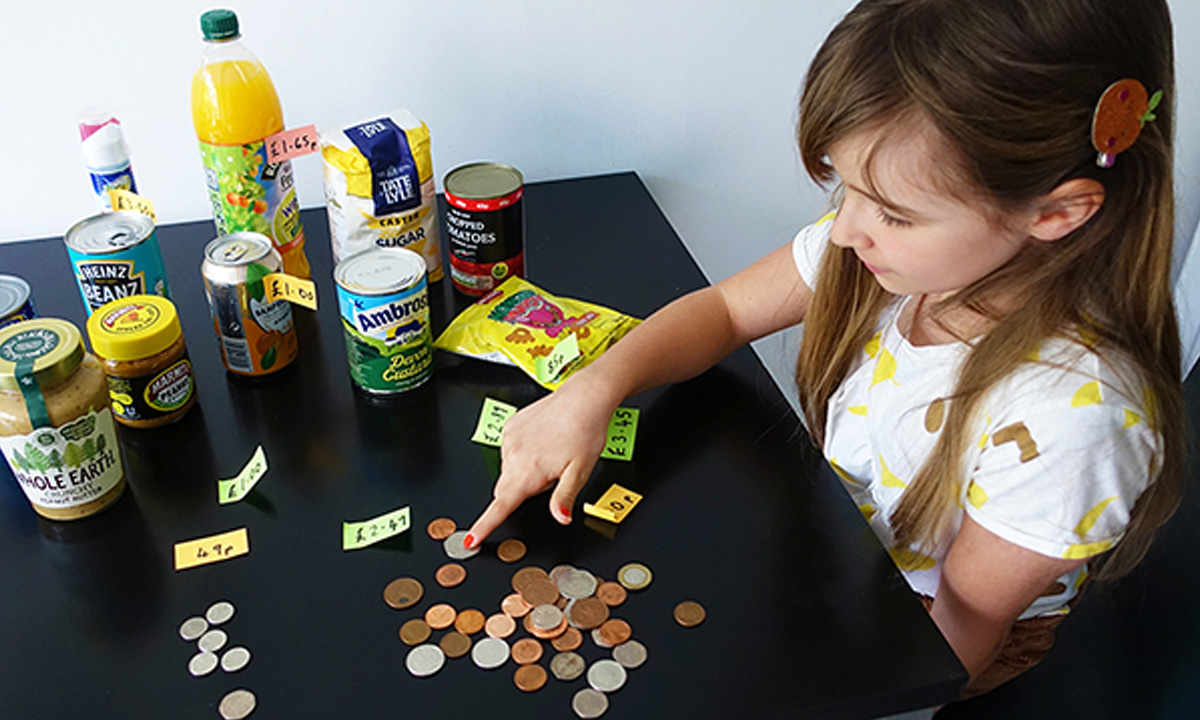How to teach your kids about budgeting
It’s a skill that even adults need to hone and practice – so how can you help kids learn the art of creating and managing a budget?

When it comes to teaching your kids about money, some lessons are easier to impart than others. Most kids cotton on to the art of spending pretty quickly, whereas topics like budgeting can be trickier to impart. But as all adults know, budgeting is an essential life skill, and it’s important they understand that money is not unlimited and that making smart decisions about how they spend and save is crucial throughout life. So: where do you start?
Starting the conversation – what is budgeting?
In a nutshell, a budget is a plan for how you will spend and save your money. When making a budget, most people will look at the income they have (from work, side hustles and other things) and their outgoings on household bills, living costs, leisure and travel. By comparing the money moving in and out of your bank account, you can better see what you can afford or where you may want to reduce your spending. If there’s something you need or want but can’t afford to buy right now, creating a budget can be a great way to calculate how long it will realistically take to save up the money for it.
A budget can also make you aware of areas in life where you might be able to earn more or spend less, which can help to reach savings goals faster – or serve as a reminder that if you spend uncontrollably and don’t stick to a budget, savings goals may never be reached (and can even end up resulting in debt instead).
For younger kids, creating their own budget can help show them how to stretch their pocket money beyond small knick-knacks and toys to afford bigger items. Getting to grips with this concept early on can help children to be more prepared and able to make the distinction between budgeting for essential living costs like rent and saving for bigger items like cars once they reach adulthood.
When it comes to financial education for teenagers, gamifying the topic of budgeting could help. Our Budget Game challenges teens to manage their money for three months with bills to pay, food and travel to budget for, plus the temptation of loads of fun things to splurge on. For younger gamers, Island Saver is a brilliant, free education game available on multiple gaming platforms that teaches lots of different money skills, too.
Explaining the pros and cons of budgeting
By exploring some of the pros and cons that might come up when talking about creating a budget with your kids, it can make it easier to find a budgeting style that works for them.
Pro #1
Budgeting can help you to be more prepared for the unexpected. There are lots of unavoidable expenses that pop up in life without warning – a lost phone, a puncture, a leaky roof. Budgeting and having an emergency fund can help cover those expenses.
Pro #2
It stops you from spending more than you have, which can help you to progress financially and achieve life goals. Budgeting isn’t meant to totally restrict you, but empower you to plan and make positive choices for the long-term.
Pro #3
Budgeting can help to reduce stress and anxiety, and make you feel more in control of your life. If you feel like you have a plan to stick to, you’re more likely to feel reassured about other areas of life too.
Con #1
People sometimes struggle with budgeting because they haven’t found a method that works for them. And that’s totally understandable – finding the right saving style can take some trial and error. Instead of giving up when one method doesn’t work out, encourage older kids to try out different approaches such as the 50-30-20 method or using a digital budget calculator.
Con #2
When people think about budgeting, it can be seen as being inflexible, rigid and anti-fun. But rather than being something that limits them, try emphasising to kids that budgeting can actually give them more freedom and agency.
Con #3
For children, the idea that they can’t just buy whatever they want all of the time may seem like an obvious disadvantage of budgeting, but drawing a distinction between wants and needs is a valuable lesson that can go on to benefit them in other areas of life too.
How to get started
Make a savings jar – Suggest younger children decorate jam jars and label them with their savings goals. Different jars can be for different goals – for example, a jar for sweets and stickers, a jar for saving for a bigger goal such as a video game, and a jar for birthday presents for family and friends. As they divide their pocket money between these, they will begin to see their savings growing.
Print out our budget board – Help your child draw up their own budget based on what they want to buy, what money they already have, and what they can earn from pocket money, chores and birthdays. Show them how they can reach their goal faster if they spend less or earn more. Primary-aged kids might also enjoy watching our engaging Coins, notes and budgeting MoneySense Mondays video lesson to learn more – it’s a great way to further their financial education online.
Give teens a budget for the weekly food shop – Or start on a smaller scale with a meal. Help them make a list of the food needed, compare prices in the supermarket, add it all up and make sure they stay on budget. You could also give them a budget for a family day out and check they have included all elements such as transport costs, tickets and food.
Help young adults calculate where they’re at – Keeping track of what money is coming in weekly or monthly is an important part of independence. They could try doing this with pen and paper, or digitally with a budget calculator or a budgeting spreadsheet like this one from Save the Student. If they bank with NatWest, the in-app savings goal tool may also help.

Making the habit stick
You’ll already be aware that budgeting isn’t something you just “do” once and get to tick it off your list, but it can be a good idea to make sure this is clear in your budgeting conversations with your child. Explain that making and maintaining a budget is an ongoing process that requires both consistency and the need to shift and change as time goes on.
For example, sometimes you might need to spend more of your budget on the essentials, and other times you may find yourself in the position of having money leftover to save or spend on treat items – and that’s a very natural part of budgeting.
Using family birthdays and holidays such as Christmas may be helpful when talking about long-term budgeting targets with children too. For example, explain that putting away a little bit of their pocket money each month from January will make buying gifts in December easier, and mean that they’ll likely have some of December’s pocket money left over for themselves as well.
Brushing up on your own budgeting know-how
If you’re going to teach someone else how to do something, it’s usually a good idea to make sure you're clear on what you’re talking about first – and that applies to having conversations about budgeting with your kids, too.
Refresh your knowledge when it comes to things like understanding your budget, setting up an emergency fund, saving and managing bills. NatWest’s budget calculator tool is a great place to start and can help to better assess your finances and move towards your goals.
When you practice good money habits in front of your children such as budgeting, saving and spending in a responsible way, your kids are more likely to follow in your footsteps.
And remember, as always, MoneySense has lots of support on offer for when you’re looking to tackle the world of money – from budgeting to cryptocurrencies, the rising cost of living and beyond – with the kids, teens and young adults in your life.
Image credits: iStock
Find out about all the latest MoneySense articles for parents by following us on Facebook
Related activities
Want your child to find out more for themselves? Here are some activities to share with them.

 Articles:
Articles: 






